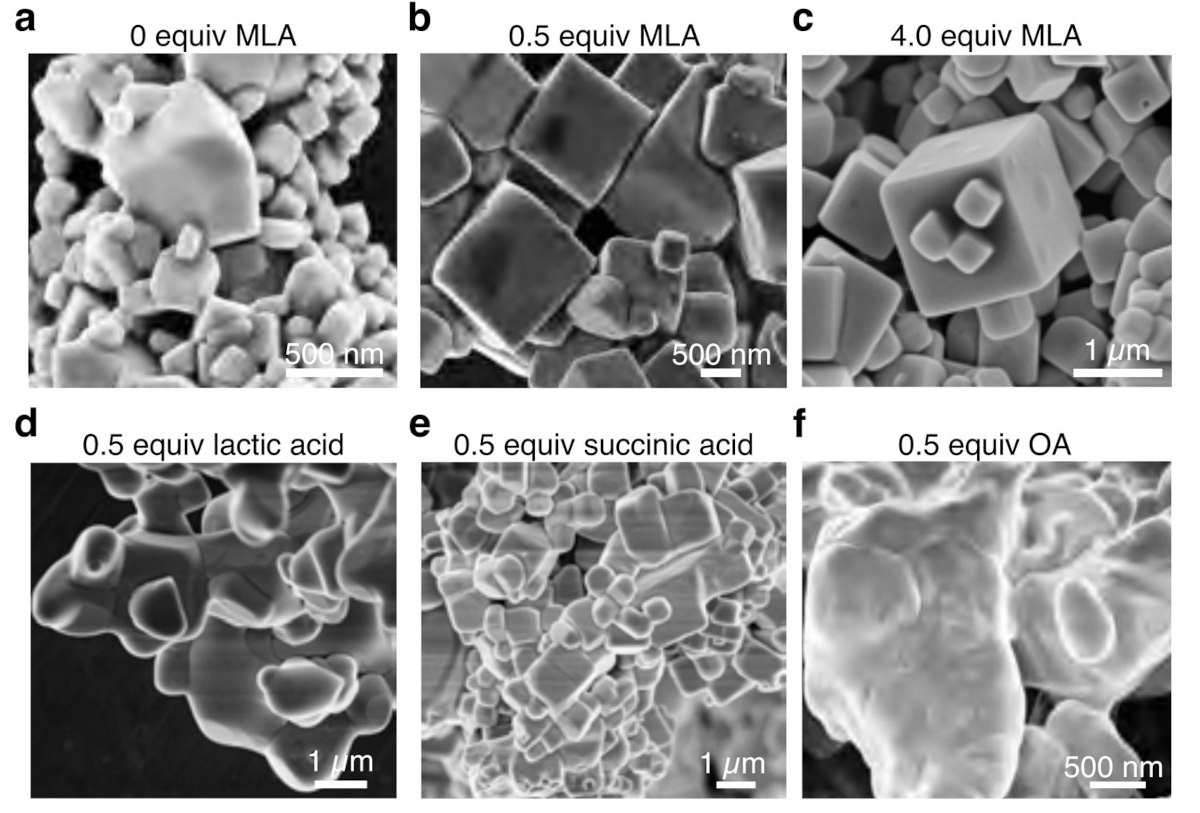Researchers from the University of Tokyo have made progress with the development of blue-emitting quantum dots, which is seen as highly challenging. They have shown that using a new bottom-up design strategy and self-organizing chemistry can help create a high purity blue-emitting QD material (with a narrow emission spectrum).

The newly developed QDs have a special chemical composition that combines both organic and inorganic substances, such as lead perovskite, malic acid, and oleylamine. The materials self-aligned into a cube of 64 lead atoms. The lead researcher, Professor Eiichi Nakamura, says that "it took over a year of methodically trying different things to find that malic acid was a key piece of our chemical puzzle".
The QD material creates narrow-spectrum blue light, but its lifetime is very short. The researchers are now aiming to improve the stability through collaboration with the industry.

